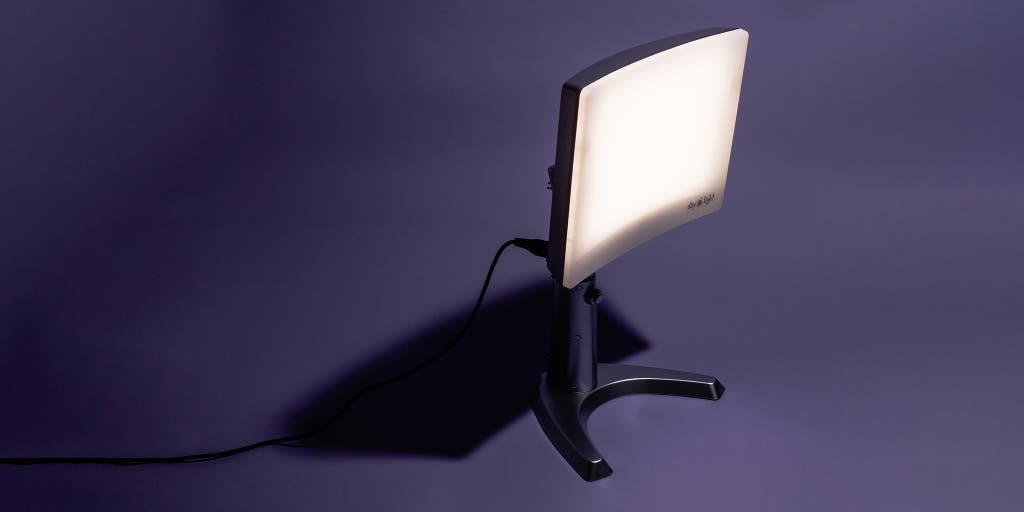
Cameras offer different features. Below are some examples: Lens, Image sensor, Film, Depth of Field. These features play an essential role in creating the perfect photograph. This will allow you to make the best buying decision for your shot. Before you make your final purchase, be sure to check out other features on cameras.
Image sensor
The main component that determines quality in photos is the camera's image sensor. An image sensor's primary function is to convert light into electrical signals. These signals are then sent for digital conversion to a serial shift register or amplifier. There are two types majors of camera's image sensors: CMOS (CCD) and CMOS (CMOS). CCD sensors produce high-quality images that are low in noise and have a wide dynamic range. They are found in compact cameras and medium format cameras. However they use more power per CCD sensor than CMOS. CMOS sensors are more common and are cheaper to produce.
It is a very large industry to manufacture image sensors. The market was worth $17.2 Billion in 2019, and it is expected that it will grow to $27 Billion by 2023. Samsung plans to convert its existing DRAM manufacturing line into image sensors in 2020 to cater to this market. Although most of the equipment and processes are the same, the whole line conversion cost $815million.
Lens
There are many different types of lenses that can be used on cameras. Many of these lenses can be mounted on multiple cameras because they are interchangeable. In most cases, interchangeable lens are manufactured by the same brand of lens manufacturer or a consortium. Nikon produces an f/1.8G lens compatible with full frame Nikon cameras.

For different lens types, there are also different apertures or focal lengths. The focal length is the distance between the lens & the focal plane. The aperture is another measurement. This is the hole made by the iris in the lens. It is related with the focal length since the f/2.8 aperture makes a hole of 35.7mm. The camera's sensor size has no effect on the aperture.
Film
Film cameras can take amazing pictures even without a computer. They are available in various designs, sizes, and prices. Because they offer a unique look, many film camera enthusiasts continue to use them. Many film cameras produce better images than their digital counterparts. You can find a model to fit your needs, whether you're an advanced or beginner photographer.
There are several parts of a film camera. One such part is the shutter, which can be made from metal or plastic. This part is important, as premature exposure to light can ruin a single frame or even a whole roll. Another part of a film camera is the aperture, which is a small circular hole in the lense. The aperture lets light in depending on the size and shape of the hole.
Depth in the field
A setting to adjust the aperture is the first thing to do when you want to create a photograph with shallow depth. This adjustment is simple, but can make a huge difference in the amount that light reaches your sensor. The wider the aperture, the more light will reach the sensor. This allows the shutter speed of the sensor to be increased, which is great for low lighting photography or freezing.
The aperture, which is a crucial component of the depth to field, varies according the focal length and the camera. You should use an aperture of at least f/11 to capture photos with shallow depths of field. A smaller aperture will allow you to capture a more shallow depth of field, while a larger aperture will produce more blur in front of the subject.

Focusing system
The camera's focus system automatically focuses the lens. The system includes a camera, an interchangeable objective lens, and a body. A ROM is stored in the camera body to store information for automatic focus control. The ROM sends this information to the camera's body, which then determines the direction to move the first movable member.
The camera's body has a focusing and zoom lens FL. The lens also includes a transmission mechanism 105. The transmission mechanism transmits data from the camera body to the lens to control the focus. The system will also inhibit focus adjustment if the camera body senses that the focus is not correct.